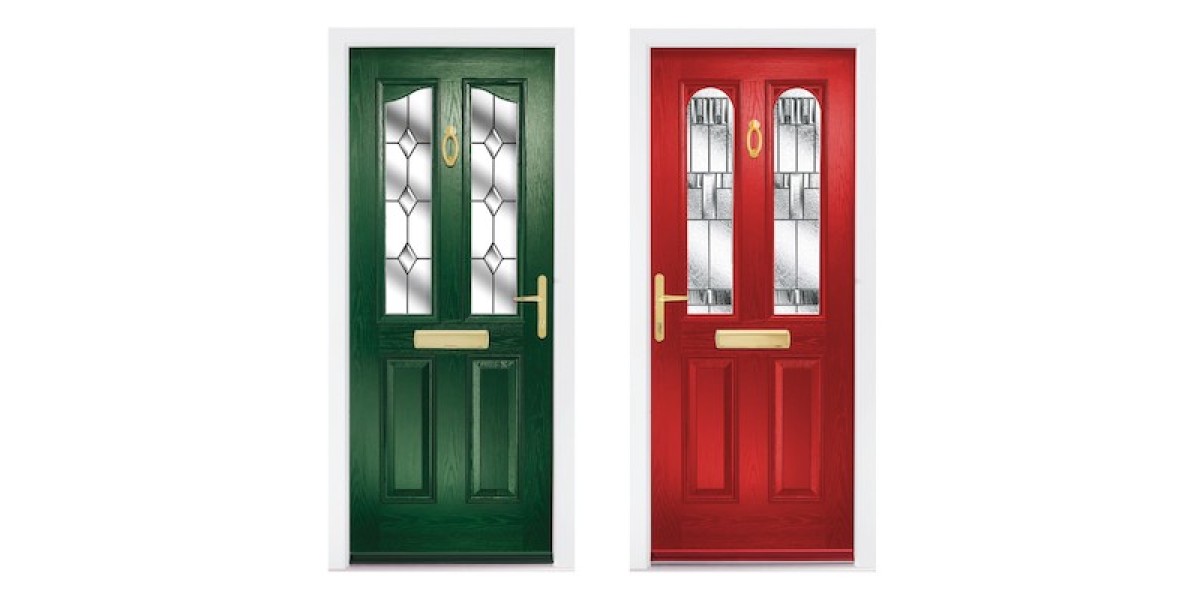
The Comprehensive Guide to Composite Door Restoration
Composite doors have actually become a popular choice for house owners due to their resilience and visual appeal. Made from a combination of materials such as wood, PVC, and insulating foam, they use extraordinary benefits over standard wooden exterior doors. However, over time and with direct exposure to the elements, even the most robust composite doors may reveal indications of wear and tear. This guide intends to light up the procedure of composite door restoration, allowing house owners to revive their entryways.
Comprehending Composite Doors
Before diving into restoration techniques, it is necessary to understand what composite doors are made of and why they are favored.
Structure of Composite Doors:
- Core Materials: A combination of solid wood and an insulating foam core provides strength and energy performance.
- External Layer: Typically constructed of a resilient, weather-resistant skin made from materials like PVC, fiberglass, or wood.
- Support: Steel and aluminum supports can be included to boost security and durability.
Benefits of Composite Doors:
- Durability: Resistant to warping, breaking, or swelling, they can endure severe weather conditions.
- Energy Efficiency: Composite doors typically bear an energy ranking, ensuring they help in reducing heating expenses.
- Low Maintenance: Unlike traditional wood doors, composite doors require very little maintenance.
- Versatile Design: Available in various designs, colors, and completes to fit varied tastes.
Signs Your Composite Door Needs Restoration
House owners ought to occasionally examine their composite doors for typical signs of wear. Restoration might be essential if several of the following indications are present:
- Fading and Discoloration: Exposure to sunlight can result in a loss of color and vibrancy.
- Scratches and Scuffs: Everyday wear and tear, together with unintentional bumps, can mar the surface.
- Dents: Heavy objects can lead to dents that impact both the door's aesthetics and performance.
- Sealing Issues: Signs of drafts or water leakages may show that the seals and hinges need attention.
The Composite Door Restoration Process
Restoring a composite door might seem a difficult task, however with the right tools and method, it can be a manageable and gratifying venture.
Step-by-Step Restoration Guide:
Gather Tools and Materials:
- Soft cloths and sponges
- Cleaning agent or moderate cleaner
- Sandpaper (fine-grade)
- Paint or wood stain (if needed)
- Sealant or weather condition removing
- Screwdriver
- Touch-up paint (for scratches and scuffs)
Cleaning the Door:
- Begin by completely cleaning the door with a mix of cleaning agent and warm water to remove dirt and grime.
- Utilize a soft cloth or sponge to gently scrub the surface area. Rinse with tidy water and let it dry entirely.
Assessing Damage:
- Inspect the door for deep scratches, damages, or a damaged finish.
- For deep scratches, consider using touch-up paint or wood filler to even out the surface area.
Sanding and Smoothing:
- If the door surface area is rough or if paint has started to peel, utilize fine-grade sandpaper to smooth out the area.
- Avoid over-sanding, as this can damage the door's outer layer.
Using Paint or Stain:
- For tarnished doors, apply a fresh coat of paint or wood stain that matches the initial finish.
- Use even strokes and let the very first coat dry before applying a second coat if required.
Sealing the Edges:
- Inspect the weather removing and seals around the door. If they are damaged, eliminate the old product and change it with new weather condition removing or sealant to make sure the door remains energy efficient and secure.
Final Inspection:
- Once all repairs and restorations are done, conduct a last evaluation to guarantee whatever functions efficiently. Test the locking mechanism, door swing, and seals.
Frequently Asked Questions About Composite Door Restoration
Q1: How frequently should I restore my composite door?
A: It's a good idea to examine your composite door a minimum of as soon as a year for signs of wear. Restoration needs can differ based upon environmental exposure, but routine maintenance can lengthen its lifespan.
Q2: Can I paint my composite door?
A: Yes, composite doors can be painted. It is important to use top quality exterior paint that appropriates for the material. Constantly follow the maker's guidelines.
Q3: What if my composite door is beyond repair?
A: If severe damage has taken place-- such as cracks through the core or substantial warping-- replacing the door might be the finest choice. Consult a professional to evaluate the condition.
Q4: Is professional restoration essential?
A: Many homeowners can successfully restore their doors using DIY methods. Nevertheless, for substantial damage or if you are not sure about the procedure, consulting a professional may be the very best option.

Q5: How can I avoid my composite door from degrading?
A: Regular cleansing and maintenance are vital. In addition, making sure that seals are undamaged and utilizing protective coverings can assist alleviate the impact of weather on your door.
Bring back a composite door can be a rewarding job that boosts the look and functionality of a home's entryway. With appropriate care and timely restoration, homeowners can preserve the appeal and resilience that composite doors are understood for. This not only enhances the curb appeal of the residence but also makes sure energy efficiency and security for several years to come. By following this comprehensive guide, anyone can undertake a successful restoration job and delight in the benefits of a properly maintained composite door.






